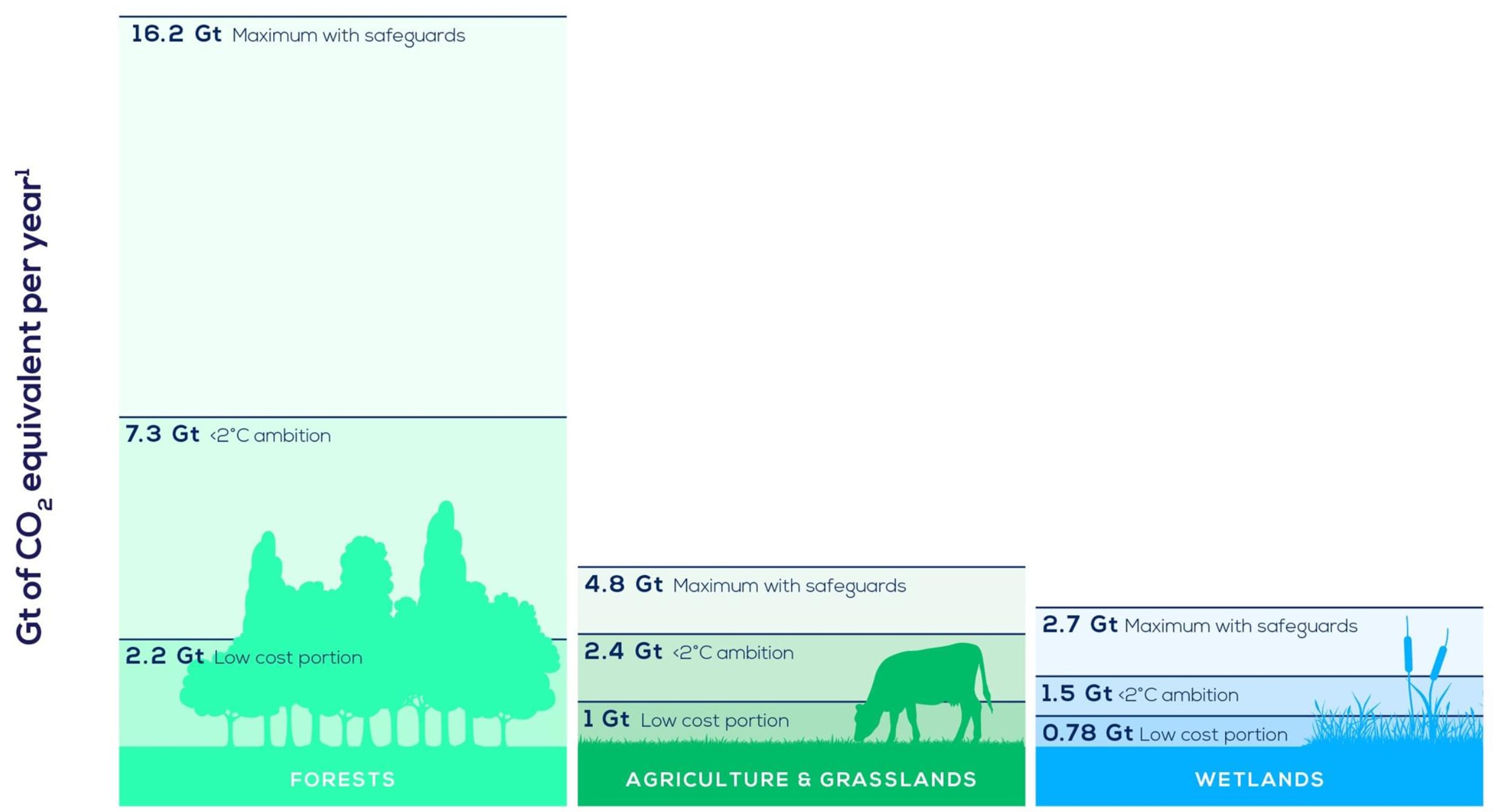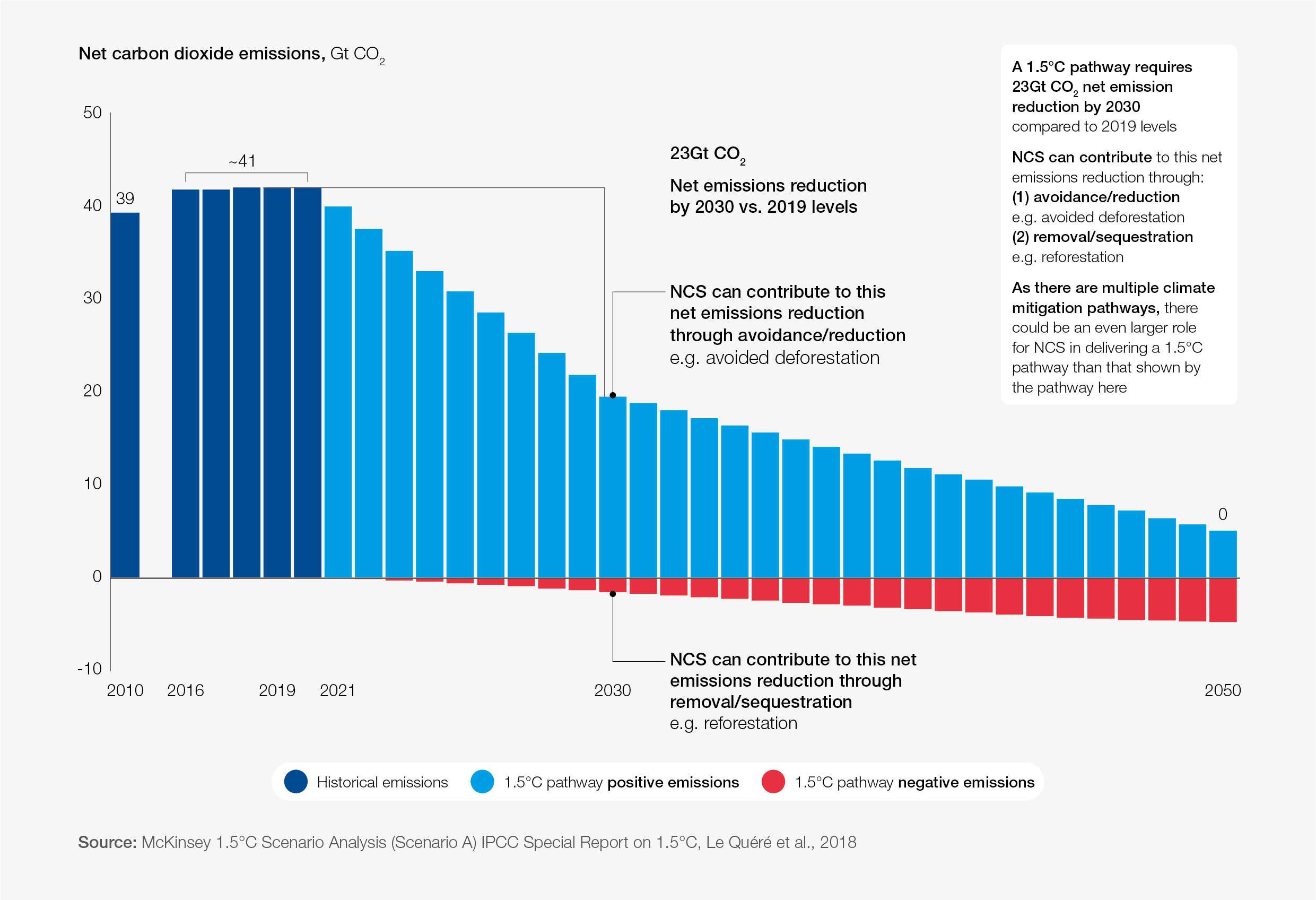Why CO2 emissions and removal are not equal and opposite to each other

Countries across the world are setting "net-zero" emissions targets to tackle climate change and called for balancing CO2 emissions and removal Image: REUTERS/Hannibal Hanschke (GERMANY) - BM2E49911XU01
- In recent years, countries, companies, and institutions around the world have set “net-zero” CO2 emissions targets and called for carbon removal.
- Emissions of CO2 and other greenhouse gases can be challenging and very costly to remove.
- A new study has found that balancing a CO2 emission with a carbon removal could lead to a different climate outcome than avoiding the CO2 emission.
- Author of the study, professor of climate science Kirsten Zickfeld, explains why carbon dioxide removal is not equal, and opposite to reducing CO2 emissions.
In recent years, countries, companies and institutions around the world have set “net-zero” emissions targets as part of efforts to tackle climate change.
The requirement to reach zero carbon dioxide (CO2) emissions to stop the rise in global average temperatures arises from the long time that CO2 stays in the atmosphere and the slow reaction time of the ocean.
But how about the “net” aspect? The logic is that residual emissions of CO2 – and other greenhouse gases that are challenging or very costly to eliminate – can be balanced by removing CO2 directly from the atmosphere and storing it for the long term.
This can be achieved by enhancing natural carbon “sinks” that remove CO2 from the atmosphere – for example, by planting trees or restoring peatlands and mangrove forests. Other ways to remove CO2 from the atmosphere include capturing CO2 from bioenergy plants or engineered methods that capture CO2 directly from the atmosphere and store it underground or in products.
An assumption that is commonly made when balancing a CO2 emission with a CO2 removal is that “one tonne in equals one tonne out” – that is, that the behaviour of the climate system in response to CO2 emissions and removals is “symmetrical”.
But this assumption had not been tested, and – while likely reasonable for small emissions and removals – it seemed unlikely to hold for larger emissions and removals due to the non-linear nature of the Earth system.
In a new paper, published in Nature Climate Change, my colleagues and I show that the climate response to emissions and removals is actually “asymmetrical” – that is, the carbon cycle and climate response to CO2 emissions is not equal and opposite to CO2 removals of the same magnitude.
CO2 emissions and removal
We chose to test our hypothesis using a global climate model of intermediate complexity, with simplified representation of some climate system components and run at a coarser spatial resolution than models of full complexity.
The advantage of this class of models is that they are quicker to run and, therefore, allow us to run more and longer simulations. The added advantage in this case is that the model does not represent atmospheric variability due to phenomena such as El Niño and La Niña. This makes it easier to detect a “signal” in how the Earth responds to changing CO2.
We forced the model with an instantaneous “pulse” of CO2 emissions and removals ranging from 100bn to 500bn tonnes (gigatonnes or GtC) of carbon, equivalent to around 10 to 50 times current global annual CO2 emissions.
Application of instantaneous emissions and removals is an “idealised” way to run the experiment, but it is standard practice in climate science as the climate and carbon cycle response has been shown to be independent of the rate of emission or removal. We use 100GtC as the smallest pulse size because it is the minimum forcing that can be applied for a temperature signal to be detectable. This is even the case for a model like the one used in this study that excludes atmospheric variability as there is still variability in the coupled ocean-sea ice-atmosphere system.
Based on these model simulations, we discovered that the change in the concentration of CO2 in the atmosphere is asymmetrical.
You can see this in the chart below, which shows an example of the simulated change in atmospheric CO2 concentrations following the emission (solid grey line) or removal (dashed grey line) of 200GtC. The blue line represents the difference between the two, which is slightly positive – indicating that the rise in the atmospheric CO2 concentration following an emission is larger than the decline following a CO2 removal of the same magnitude.

This asymmetry increases the more CO2 is emitted or removed – from 3% for a 100GtC emission and removal to 18% for a 500GtC emission and removal (relative to the atmospheric CO2 change 100 years after the emission or removal).
This finding implies that additional CO2 removal is required to compensate for an emission if the atmospheric CO2 concentration is to remain unchanged. Or, in other words, that balancing a CO2 emission with a CO2 removal of the same size would result in higher atmospheric CO2 than avoiding the CO2 emission in the first place.
The asymmetry in the atmospheric CO2 concentration results from differences in the way the land and ocean carbon sinks respond to CO2 emissions and removals. Several key processes that determine the reaction of these sinks are not linear.
For example, the CO2 fertilisation effect, by which plants produce more biomass under elevated atmospheric CO2 concentration, saturates at higher atmospheric CO2 levels. Also, the ability of the ocean to buffer excess CO2 – which is key to the ability of the ocean to take up additional CO2 from the atmosphere – diminishes at higher atmospheric CO2 levels. Because of these and other nonlinear processes, an emission results in a different atmospheric CO2 concentration change than a removal of the same size.
What is the World Economic Forum doing on natural climate solutions?
Temperature
How about surface temperature? It turns out that the reaction of temperature to emissions and removals has less of this asymmetry. For example, there is a 2% imbalance in temperatures 100 years after a 200GtC emission or removal, compared to 7% for atmospheric CO2.
The reason is that nonlinearities in the carbon cycle are compensated by another nonlinear process – that is, the effect of changes in atmospheric CO2 on Earth’s radiation balance, which diminishes at higher atmospheric CO2 levels. As a result, an increase in atmospheric CO2 emissions has a smaller radiative effect than a CO2 decrease of the same magnitude.
The figure below shows the global surface air temperature response to 200GtC of emissions (solid grey line) and removals (dashed grey line). The difference between the two (shown by the blue line) reveals that the temperature asymmetry is the opposite sign to the atmospheric CO2 concentration asymmetry: the temperature increase following an emission is slightly smaller than the decrease following a removal of the same size.
There are reasons, however, to assume that the sign of the temperature asymmetry will depend on the climate model used to run the simulations. The temperature response to a CO2 emission and removal is determined by the radiative effect of CO2 mentioned above, but also the uptake of heat by the ocean and climate feedbacks. The extent to which the combination of these processes compensates the nonlinearity in the carbon cycle response likely varies from model to model.
In the real world
So, does the asymmetry found in this study have implications for how CO2 emissions and removals are balanced in real-world settings?
While total emissions and removals of up to 500GtC as used in this study are consistent with scenarios in the literature, emissions and removals in these scenarios occur simultaneously and not in separate CO2 emissions and removals “worlds”.
As a result of applying emissions and removals separately, the atmospheric CO2 concentration diverges more strongly in our model simulations than it would in the real world, amplifying the asymmetry.
However, carbon cycle and climate responses differ widely between models, and preliminary analysis of simulations with a set of complex Earth system models indicates that the magnitude of the carbon cycle and temperature asymmetry could be substantially larger than found in this study.
In conclusion, the findings of this study suggest that balancing a CO2 emission with a CO2 removal could lead to a different climate outcome than avoiding the CO2 emissions, but the magnitude of this effect remains uncertain and calls for further quantification.
Don't miss any update on this topic
Create a free account and access your personalized content collection with our latest publications and analyses.
License and Republishing
World Economic Forum articles may be republished in accordance with the Creative Commons Attribution-NonCommercial-NoDerivatives 4.0 International Public License, and in accordance with our Terms of Use.
The views expressed in this article are those of the author alone and not the World Economic Forum.
Stay up to date:
Climate Indicators
Related topics:
Forum Stories newsletter
Bringing you weekly curated insights and analysis on the global issues that matter.
More on Climate Action and Waste Reduction See all
Planet in focus: The technologies helping restore balance – and other news to watch in frontier tech
Jeremy Jurgens
November 13, 2025









